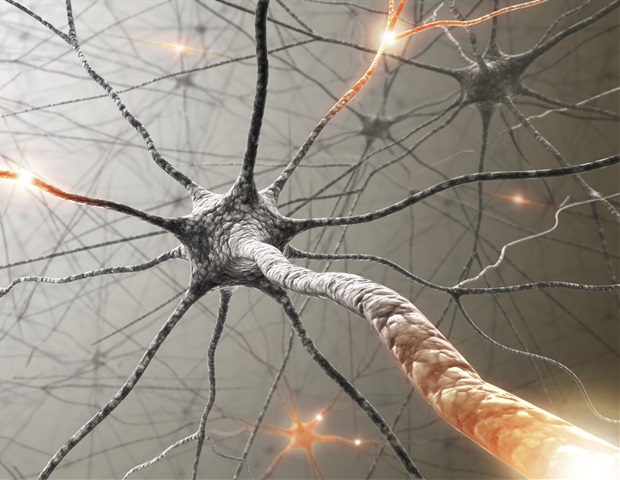Lumbar disc herniation is one of the most common structural changes in the lower back and the most common cause of radiating pain, or sciatica, in the leg.
Hereditary risk factors for disc herniations were investigated in a recently published international study led by a University of Oulu research group, utilizing data from FinnGen, the Estonian Biobank, and the UK Biobank. The study analyzed the genetic and health data of 829,699 participants.
The study found 41 novel regions of the genome that modify the disease risk for disc herniations, in addition to the previously identified 23 regions. In the study, numerous genomic regions potentially affecting the structure of the discs and inflammatory factors were found.
In addition to these, the study identified new associations near genes related to the nervous system and nerve function. Findings related to the functioning of the nervous system have increased our understanding of the connection between symptomatic disc herniations and radiating pain.
We found susceptibility genes that can, for example, partly explain the prolongation of pain and also clinically observed differences in the pain experienced by patients.”
Ville Salo, Doctoral Researcher at the University of Oulu, and the main analyst in the study
The study also analyzed disc herniation patients who required surgical treatment. A total of five novel genomic regions were found to be associated with the more severe disc herniations which require surgery.
“This kind of analysis is possible thanks to the very good and extensive Finnish health registers, which allow us to study the mechanisms of disease in a very versatile manner,” continues Salo.
The researchers emphasize that the study also produced a lot of data and results that can be used in future studies. “We hope that our findings and datasets can be used to develop medical and preventive solutions in the future. This could open up possibilities, for example, in the development of pain management methods for disc herniation patients suffering from radiating pain, and thereby improving their quality of life,” states the specialist in physiatry, docent Juhani Määttä, who participated in the research. “Such advances would naturally also have broader social effects in addition to individual benefits, such as a decrease in direct healthcare costs and indirect financial costs, for example, lost income,” states the leader of the study, Professor Johannes Kettunen.
Lumbar disc herniation is one of the most common structural changes in the lower back and it is also the most common cause for radiating pain, so-called sciatica. Radiating pain is caused by nerve irritation, which occurs due to the narrowing of the nerve caused by the disc herniation and especially by the increase of inflammatory factors in the area of the herniation. Herniations are quite common even in asymptomatic people, with frequency increasing with age, and cause symptoms for some only when they irritate the nerve. The factors related to the development of disc herniation are relatively well known, but the investigation of their hereditary background has received less attention.
Source:
Journal reference:
Salo, V., et al. (2024). Genome-wide meta-analysis conducted in three large biobanks expands the genetic landscape of lumbar disc herniations. Nature Communications. doi.org/10.1038/s41467-024-53467-z.
Source link : News-Medica

